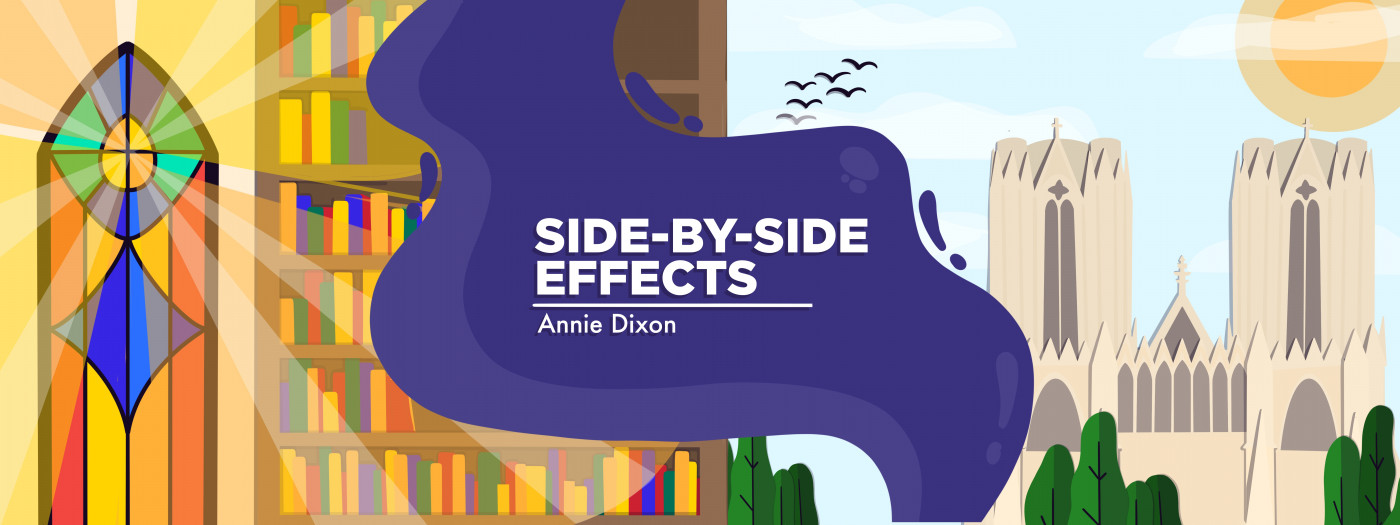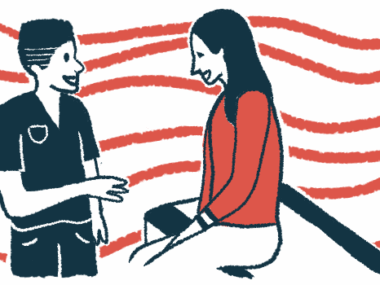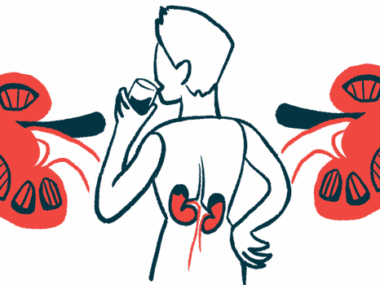A Golden Retrieval
Written by |

My jewelry stash is rather small, and most of it is costume. I can’t be trusted with the real stuff, as I have a tendency to lose or break it. It’s not that I don’t appreciate or value it, I’m just a bit forgetful and clumsy. So, with few exceptions, I don’t even want to be responsible for it and rarely wear genuine gems.
I have two rings that never come off, even while making or cleaning up messes, whether at home, work, or in the hospital. They both live on the third finger of my left hand: a plain gold wedding band and the diamond solitaire ring added a few anniversaries later. Most days, I remember to add a pair of earrings or a bracelet. Many days I forget those additions at work, having taken off an earring to talk on the phone or removed a bracelet when using hand tools.
Bracing for the worst
Five years ago, I realized I needed to get my husband to the emergency room. It was the onset of his atypical hemolytic uremic syndrome (aHUS), and we ended up in the critical care unit for weeks.
When he was admitted, I happened to be wearing a gold link bracelet. No baubles or bling attached, just a quiet classic chain. My grandfather had gotten it for my grandmother, with their only daughter helping him select it. Mom inherited it and treasured the sentiment. But she favors long, chunky necklaces over delicate bracelets, so she gave it to me a few years back.
The psychology and philosophy of jewelry
I had always felt this small piece of legacy jewelry was infused with family memories and affection. Psychology has a term for this: cathexis. The verb is cathect, which means to invest emotion or feeling in an idea, object, or another person. It can feel like love but really is attachment. As long as you know the difference, you can have healthy relationships with people and things.
I knew the difference. I loved my husband and was only attached to the bracelet. But the jewelry was a symbol of family connections, a physical reminder of previous relationships that had endured similar trials. As such, it was a comforting presence as I kept vigil alone. The great philosopher of my youth, Linus Van Pelt, has a term for this as well: security blanket.
A golden talisman
I wore it constantly. The bracelet became my fidget thingy, my worry beads, my amulet. The sight and feel of it were reassuring in the strange surroundings and circumstances of the hospital.
Then, one day, at the end of a long trek through corridors and crowds, the latch let go. Not on the escalator or the elevator. Not in the lunch line or the hallway. It fell silently off my wrist, just past the threshold of the room in which my husband lay tethered to needles and tubes.
As I reached for the bed rail, I saw my naked wrist and my heart sank. The bracelet was gone. I had left the room with it on, fiddled with it as I waited for the elevator and then my sandwich, and lost track of it while balancing the meal tray on the way back.
I went full Freudian. It was a sign. I had lost the bracelet to the halls of the hospital; I was going to lose my husband to this mysterious disease.
A gold trophy
I knew it was an irrational and stupid conclusion, but it was crushing. Suddenly, I had nothing tactile and shiny to distract me from all those awful fears. Not wanting him to see me panic, I turned away. And that’s when I saw it on the floor by the laundry bin.
Will wonders never cease? My grandparents used to say that, sometimes in awe, sometimes sarcastically. I was in awe right there. If the loss of that bracelet could be interpreted as a sign, so could its recovery.
Determined to keep this symbol on display, I found a bangle bracelet in my purse, sidelined on its journey from our studio back to my jewelry box. Then, I removed a key ring from its fob and twisted it around the bangle. Finally, I ran the ring through one of the links in the chain bracelet and ta-da! The two bands were tethered together in case the latch came undone again.
I still wear the two bracelets like that. My husband has offered to get the latch fixed, but I prefer it like this. It’s a trophy from our time in the hospital, patched up and still shining.
***
Note: aHUS News is strictly a news and information website about the disease. It does not provide medical advice, diagnosis, or treatment. This content is not intended to be a substitute for professional medical advice, diagnosis, or treatment. Always seek the advice of your physician or other qualified health provider with any questions you may have regarding a medical condition. Never disregard professional medical advice or delay in seeking it because of something you have read on this website. The opinions expressed in this column are not those of aHUS News or its parent company, Bionews, and are intended to spark discussion about issues pertaining to aHUS.







Leave a comment
Fill in the required fields to post. Your email address will not be published.